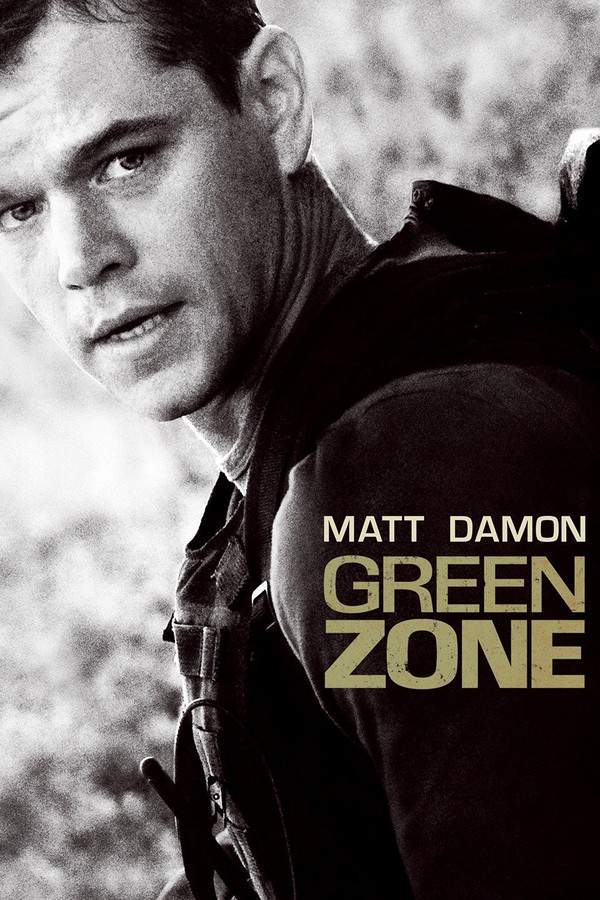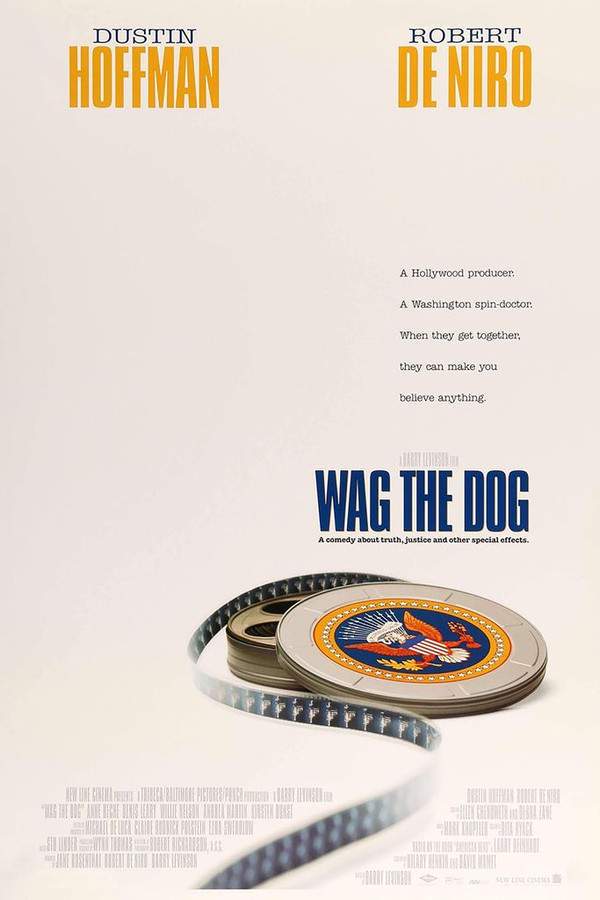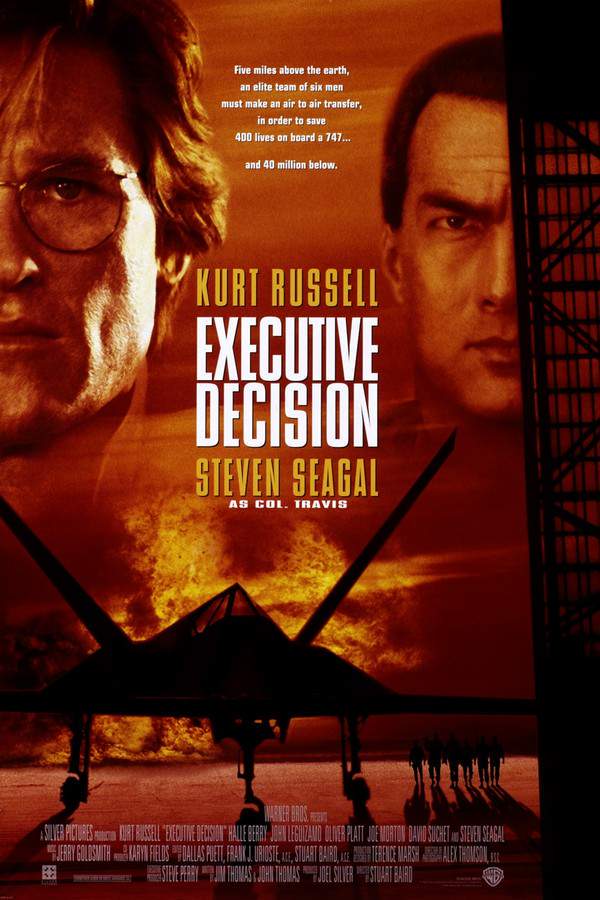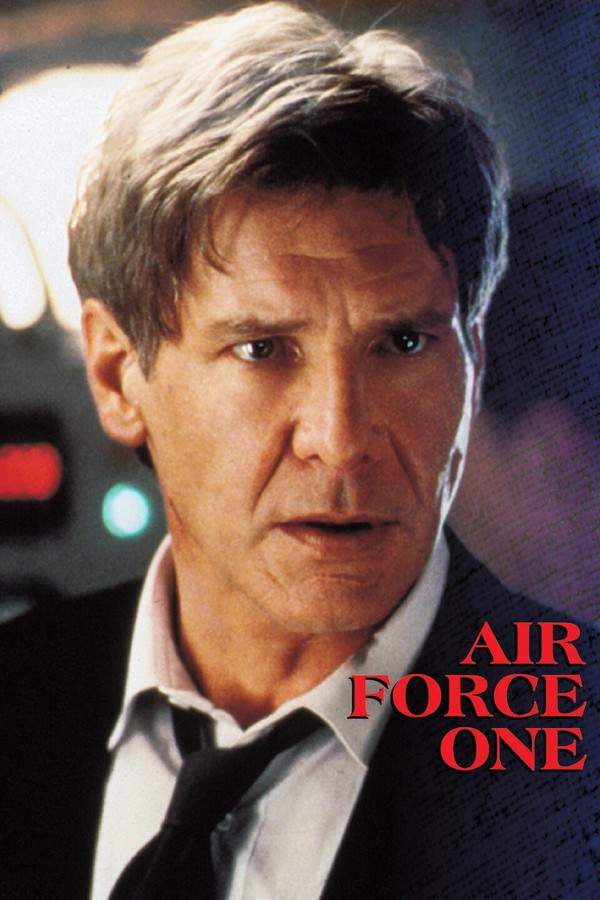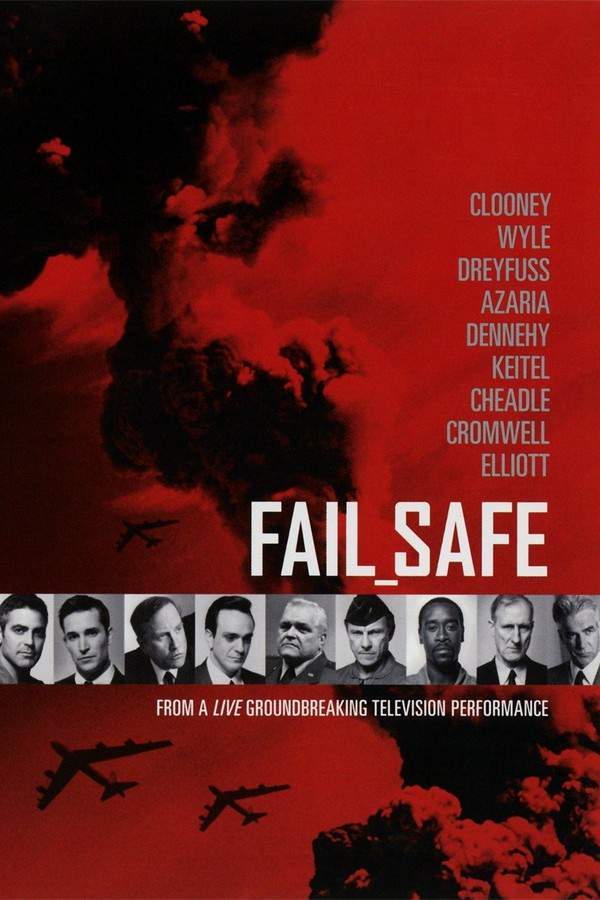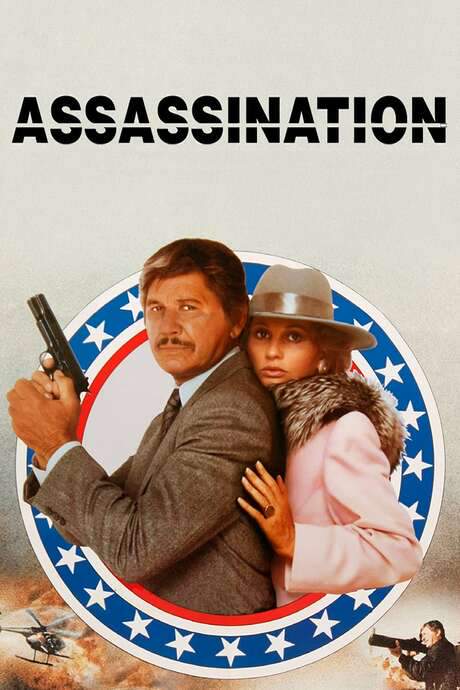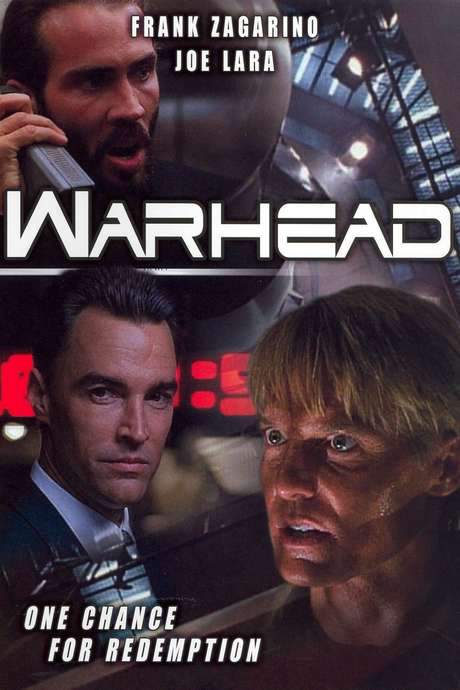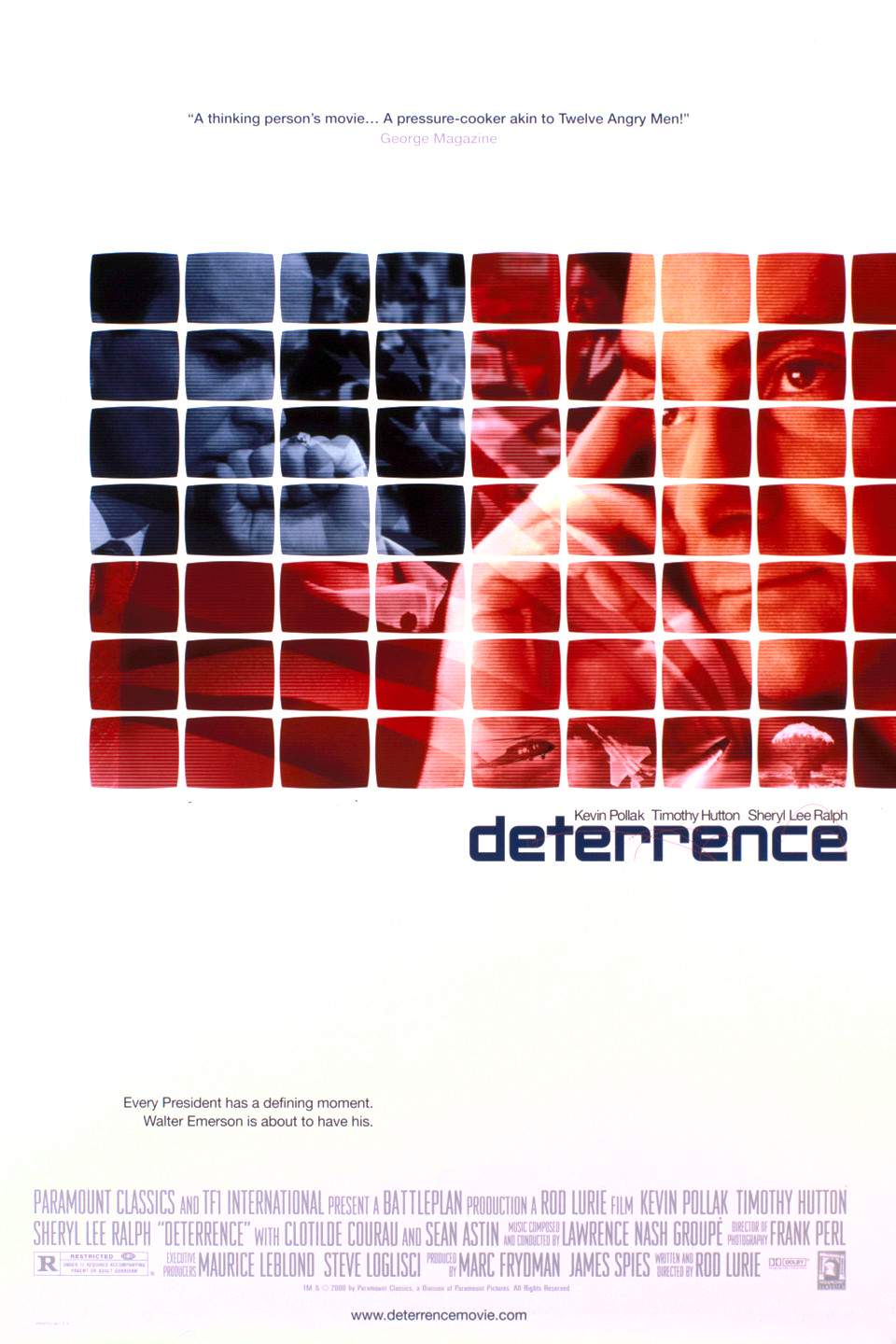
Deterrence
Year: 2000
Runtime: 104 min
Language: English
Director: Rod Lurie
Budget: $800K
During a political campaign, the President of the United States and his staff find themselves unexpectedly stranded at a roadside diner. While awaiting further instructions, they receive alarming news: Iraq has invaded Kuwait, resulting in the deaths of numerous American soldiers. The situation escalates rapidly, forcing them to confront a crisis while far from Washington.
Warning: spoilers below!
Haven’t seen Deterrence yet? This summary contains major spoilers. Bookmark the page, watch the movie, and come back for the full breakdown. If you're ready, scroll on and relive the story!
Deterrence (2000) – Full Plot Summary & Ending Explained
Read the complete plot breakdown of Deterrence (2000), including all key story events, major twists, and the ending explained in detail. Discover what really happened—and what it all means.
Set in an alternate history, the Spring of 2008 finds U.S. President Walter Emerson—someone who rose to the presidency just four months earlier after the death of his predecessor and who had previously been an appointed Vice President—on a campaign swing through Colorado ahead of Super Tuesday. He moves with the familiar entourage of power: White House Chief of Staff Marshall Thompson, National Security Advisor Gayle Redford, his Secret Service protection detail, and a television news crew chronicling every moment of the contest. The mood is tense, the stakes high, and the campaign bustle is about to collide with a world flashing between crisis and catastrophe.
A freak blizzard sweeps the remote town of Aztec, trapping Emerson and his retinue inside a small, ordinary diner. There they share space with a handful of locals: Harvey, the chef and owner; Katie, the diligent waitress; Ralph, a local resident with a blunt eye for reality; and Taylor and Lizzie Woods, a married couple touring the area. The scene becomes intensely intimate as the politicians and civilians are forced to watch events unfold in real time, turning a routine stop into a pressure cooker of personal and political tension.
News arrives that Iraq, under President Uday Hussein, has invaded Kuwait. The invasion is compounded by the revelation that a UN peacekeeping mission, largely staffed by American troops and medical personnel, has suffered casualties in the fighting. The combination of a ground war in the Middle East and an assault on a U.S. ally jolts Emerson into action. From the diner, with the TV crew at his side, he delivers a worldwide address, signaling a hard-edged shift from campaign optics to crisis leadership. His message to Saddam Hussein is stark: retreat and submit to arrest within 90 minutes, or Emerson will authorize a nuclear strike on Baghdad. The ultimatum lands with shock and silence, because it reveals a plan Emerson had not disclosed to his own team or the civilians present.
Emerson frames his decision in stark terms. With the bulk of American forces already engaged in a broader and escalating conflict—what he refers to as the “Second Korean War”—and with Iraq’s aggression threatening a key U.S. ally, he argues that a nuclear strike would reassert American supremacy and decisively halt the Iraqi advance. The rationale sits uneasily on the table as Redford, Thompson, and the rest of the NSC and Joint Chiefs of Staff weigh it against the gravity of unleashing nuclear weaponry. Hussein replies through his United Nations envoy, refusing to bow to the ultimatum, and the dialogue grows heated. The envoy points to Emerson’s fragile hold on power as an unelected leader and even cites anti-Semitic undertones in the conversation as reasons to dismiss Emerson’s authority. Yet the crisis management team presses ahead, coordinating by phone with the NSC and JCS to plot the next moves and to plan the potential use—or avoidance—of nuclear force.
As negotiations stagnate, Hussein broadens his threats. He promises to unleash Iraq’s black-market nuclear missiles against targets across the U.S. and NATO, with particular emphasis on places like the NORAD command center in Colorado, which sits uncomfortably close to Emerson’s own headquarters. The intelligence landscape grows murkier as it becomes clear that Iraq acquired these weapons from France, a supposed ally, while other potential launch sites span Libya and North Korea. In a private, tense exchange, Emerson learns that the French president is bluntly nonchalant about the calamity unfolding and admits France’s role in arming Iraq. Emerson himself speaks privately with the French leader, but he keeps the exact contents of that conversation to himself, not sharing them with his advisers.
The siege of diplomacy bleeds into the personal sphere as public opinion inside the diner splits. Harvey, Katie, and the Woods oppose using nuclear weapons, voicing concerns for civilians and the long-term consequences. Ralph, however, argues that if Emerson can secure a decisive victory for American forces, he will win every vote that matters back home. The First Lady weighs in by phone, revealing her own opposition to the plan. Yet Emerson remains unwavering, convinced that he must act to deter and to defend. He orders a B-2 stealth bomber to cross into Iraq’s airspace, a move that would constitute an act of war in the eyes of Saddam Hussein and his regime. The Iraqi leadership counters with a fearsome volley of threats to unleash its missiles, and the tension in the diner escalates into something almost tangible.
In a shocking turn, Harvey brandishes a shotgun and shoots Captain Coddington, the officer carrying the nuclear football that would enable Emerson to trigger the strike. Harvey is immediately killed by Secret Service agents, a tragedy that wounds Katie deeply and leaves Emerson visibly sorrowful for the loss of a man performing his duty. Despite the interior storm caused by Harvey’s actions, Emerson remains able to obtain the nuclear launch codes by phone through the Joint Chiefs, though the crisis triggers the resignation of Admiral Miller, a senior officer who had been a vocal critic of the president’s plan. With the clock running out, Emerson authorizes the nuclear strike and speaks directly to the crew of the bomber poised to carry out the operation.
The 100-megaton explosion devastates Baghdad, reshaping the city and reverberating around the globe. Iraq’s retaliation unfolds in a shaky balance of defense and disruption: NATO missile defenses shoot down many incoming missiles, and several land targets fail to detonate. Baghdad, however, becomes the pivotal, singular city destroyed in this sequence—an outcome that surprises Emerson’s inner circle and complicates the narrative’s moral calculus.
As the snow finally eases, Emerson returns to the airwaves to address the world once again. In a sweeping, downward-toward-candid confession, he reveals a hidden, long-running government scheme: the United States had quietly facilitated the transfer of nuclear weapons to Iraq via France, with the explicit intent of sabotaging those weapons to prevent Iraq from achieving a truly independent nuclear arsenal. The public justification is stark and forceful—acting to demonstrate that the United States would use nuclear instruments to defend itself if necessary. Privately, Emerson hints at a broader strategic aim: to compel China and North Korea to concede the Second Korean War within months.
Before his party can fully digest the consequences of the crisis and its aftershocks, Emerson and his aides face a final, defining moment. Redford and Thompson ask about a “significant announcement” that they believe will guide the country forward. Emerson reveals his plan to step away from the presidential campaign and to serve out the remainder of his predecessor’s term, rather than pursuing another bid for the nation’s highest office. He insists that, despite the controversial and dangerous actions taken during the crisis, his overarching goal remains to stabilize and defend the country—and he believes the future should be led by someone else who can carry that responsibility forward. The diner’s fragile atmosphere gives way to a somber realization: a political leader who gambled with history has changed not only the course of U.S. foreign policy, but the personal lives of everyone present, and the world will have to live with the consequences of those choices.
Last Updated: November 22, 2025 at 15:58
Unlock the Full Story of Deterrence
Don't stop at just watching — explore Deterrence in full detail. From the complete plot summary and scene-by-scene timeline to character breakdowns, thematic analysis, and a deep dive into the ending — every page helps you truly understand what Deterrence is all about. Plus, discover what's next after the movie.
Deterrence Timeline
Track the full timeline of Deterrence with every major event arranged chronologically. Perfect for decoding non-linear storytelling, flashbacks, or parallel narratives with a clear scene-by-scene breakdown.

Characters, Settings & Themes in Deterrence
Discover the characters, locations, and core themes that shape Deterrence. Get insights into symbolic elements, setting significance, and deeper narrative meaning — ideal for thematic analysis and movie breakdowns.

Similar Movies to Deterrence
Discover movies like Deterrence that share similar genres, themes, and storytelling elements. Whether you’re drawn to the atmosphere, character arcs, or plot structure, these curated recommendations will help you explore more films you’ll love.
Explore More About Movie Deterrence
Deterrence (2000) Scene-by-Scene Movie Timeline
Deterrence (2000) Movie Characters, Themes & Settings
Deterrence (2000) Spoiler-Free Summary & Key Flow
Movies Like Deterrence – Similar Titles You’ll Enjoy
Green Zone (2010) Complete Plot Breakdown
Seven Days in May (1964) Complete Plot Breakdown
Wag the Dog (1997) Complete Plot Breakdown
Executive Decision (1996) Spoiler-Packed Plot Recap
Clear and Present Danger (1994) Complete Plot Breakdown
Air Force One (1997) Plot Summary & Ending Explained
Fail-Safe (1964) Plot Summary & Ending Explained
The President’s Man: A Line in the Sand (2002) Spoiler-Packed Plot Recap
By Dawn’s Early Light (1990) Ending Explained & Film Insights
Under Siege (1986) Full Summary & Key Details
Assassination (1987) Detailed Story Recap
Diplomatic Siege (1999) Complete Plot Breakdown
Warhead (1996) Movie Recap & Themes
Twilight’s Last Gleaming (1977) Detailed Story Recap
A House of Dynamite (2025) Complete Plot Breakdown



